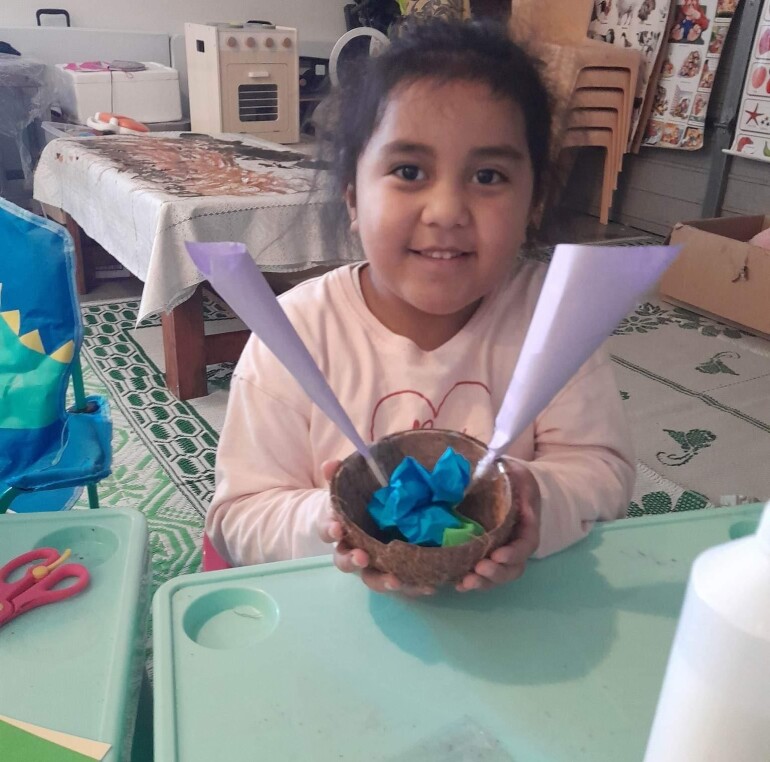News And Events

Fun Ideas: Visual Arts
20 June 2024For many Pacific peoples, art, culture, and daily life are connected. Most importantly, identity, language, and culture are at the forefront of engaging in Pacific arts by making connections with the stories, histories, values, and beliefs of Pacific nations.
All of our Educators/Nannies will receive a kit to make turtle-themed tapa cloth! Did you know that there are 5 species of turtle seen in New Zealand waters? Green and Leatherback turtles are the most common in our waters.
Promoting visual arts in early childhood requires a balance between intentional teaching and child led play-based learning, so this resource can be supported by the Educator/Nanny to create a tapa cloth with easy-to-follow instructions, or children may experiment with the art mediums provided to create their own design.
Here’s some more ideas to support tamariki of all ages to engage with visual arts:
Infants:
Tape different squares of coloured cellophane to a window to see colour reflected around the room; have a kete of different coloured fabric to explore – older infants might drape the fabric around themselves as wearable art; hang a mobile of home-made craft; finger painting, or set up a station outdoors for walking infants to do foot paintings; use PVA craft glue for infants to paste leaves/flowers onto paper or small cardboard box.
Toddlers:
With firm cardboard as a backing, create a base for weaving natural resources; set up baking trays for tamariki to create their own art using natural and recyclable materials that can be reused; make clay sculptures; construct a forest or hut using a collection of sticks/twigs/blocks.
Young Children:
Make some crafts, and set up a stall at home to display these; leaf rubbings with crayons and display as a winter banner; draw around each other lying on concrete with chalk – colour in your people with the chalk and use shells/bottle tops for eyes, twigs/string for hair, etc; children take photos from around their community and create a book of these!
Don’t forget - take photos of what children have created and display these for tamariki and whānau to see and revisit. You could store these photos in a ringbinder and add to it over time - it’s wonderful to see how a child’s visual arts interpretation, skill and meaning might grow and develop.
Visual arts is linked to the Communication Mana reo Strand of Te Whāriki and includes the following goals and learning outcomes:
- They develop non-verbal communication skills for a range of purposes: Using gesture and movement to express themselves | he kōrero ā-tinana
- They experience the stories and symbols of their own and other cultures: Recognising print symbols and concepts and using them with enjoyment, meaning and purpose | he kōrero tuhituhi
- They discover different ways to be creative and expressive: Expressing their feelings and ideas using a range of materials and modes | he kōrero auaha


